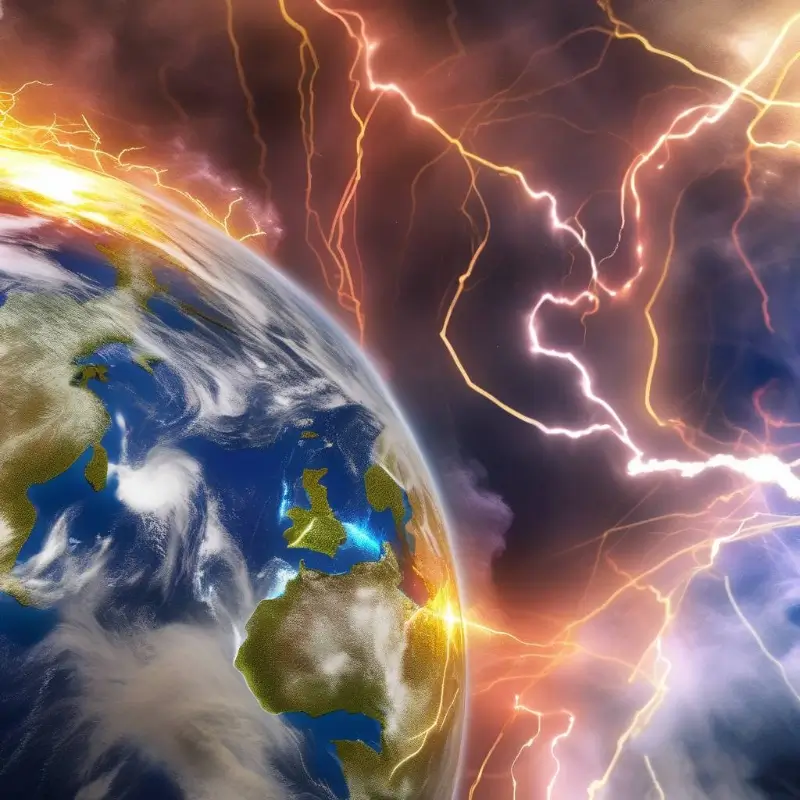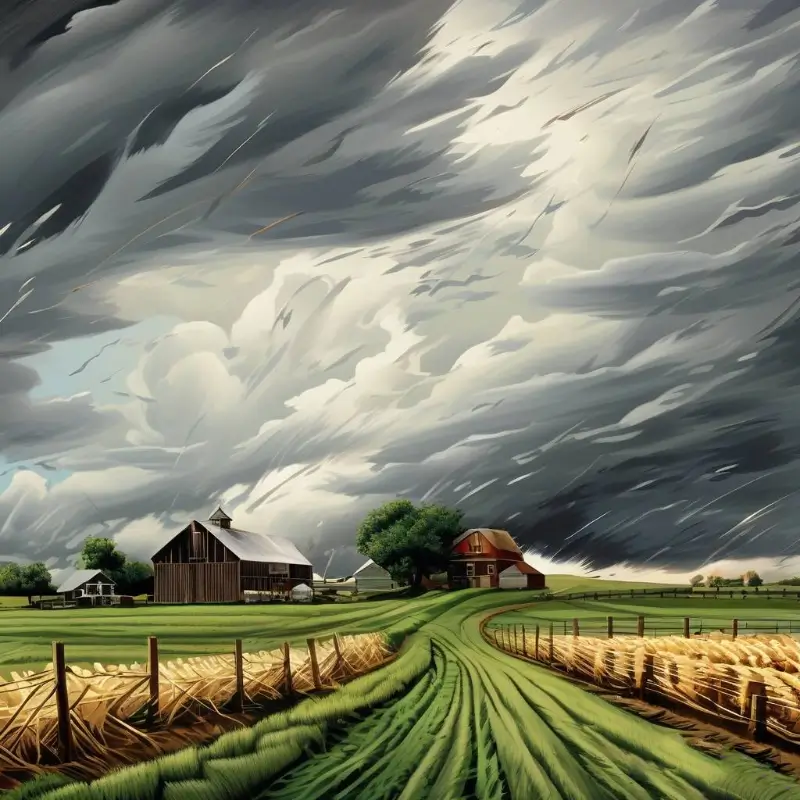why do earthquakes happen?
Earthquakes are natural phenomena that occur due to the movement and interaction of tectonic plates within the Earth’s crust. The Earth’s lithosphere, which is the outermost layer of the planet, is divided into several large and small plates that float on the semi-fluid asthenosphere beneath. These plates are in constant motion, driven by the convective currents in the mantle.
When the forces acting on the plates exceed the strength of the rocks, stress builds up along fault lines, or zones of weakness in the Earth’s crust. eventually, the accumulated stress is released in the form of seismic waves, which cause the ground to shake, resulting in an earthquake.
There are several types of plate boundaries where earthquakes commonly occur:
- Transform Boundaries: At these boundaries, two plates slide past each other horizontally. The San Andreas Fault in California is an example of a transform boundary. Earthquakes here are typically caused by lateral movement along the fault line.
- Convergent Boundaries: Here, two plates collide, and one plate is forced beneath the other in a process called subduction. This can result in powerful earthquakes and volcanic activity. The Pacific Ring of Fire is a well-known example of a convergent boundary.
- Divergent Boundaries: These occur where two plates move away from each other, creating a gap that allows magma to rise and form new crust. Volcanoes are common at divergent boundaries, but earthquakes here are usually less severe.
Earthquakes can also be influenced by other factors such as:
- Fault Structure and Rock Type: The properties of the rocks and the geometry of the fault can affect how much stress is released during an earthquake and the resulting shaking intensity.
- Seismic Wave Propagation: The way seismic waves travel through the Earth can amplify or dampen shaking depending on the geological conditions through which they pass.
- Human Activities: While most earthquakes are natural, human activities can sometimes trigger seismic events, such as mining, reservoir creation, or hydraulic fracturing (fracking).
Earthquakes can have varying magnitudes and effects, from minor tremors that may go unnoticed to catastrophic events that result in loss of life and extensive damage to infrastructure. Understanding the causes of earthquakes is crucial for mitigating their risks and improving earthquake preparedness and response strategies.



